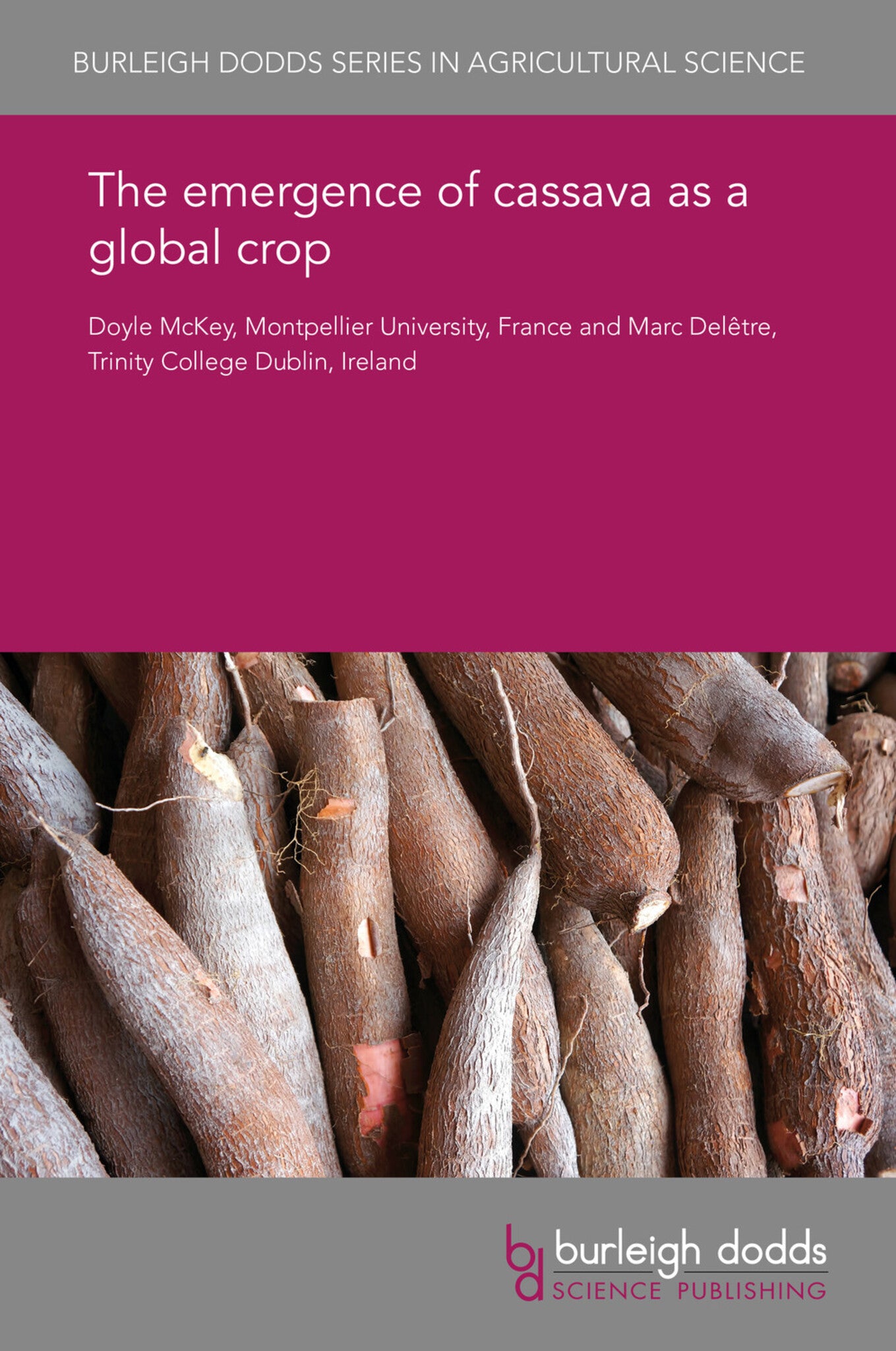We're sorry. An error has occurred
Please cancel or retry.
The emergence of cassava as a global crop
Regular price
£25.00
Sale price
£25.00
Regular price
£25.00
Unit price
/
per
Sale
Sold out
Re-stocking soon
This chapter outlines current knowledge about cassava’s origin in Amazonia and summarizes the history of its introduction and diffusion in the Old World. The chapter examines the evolution of the t...
Read More

Some error occured while loading the Quick View. Please close the Quick View and try reloading the page.
Couldn't load pickup availability
- Format:
-
12 July 2017

This chapter outlines current knowledge about cassava’s origin in Amazonia and summarizes the history of its introduction and diffusion in the Old World. The chapter examines the evolution of the traits that led to its success, focusing on two aspects under-appreciated by cassava breeders, extension specialists and other stakeholders: the management of a crop that is chemically defended against enemies but potentially toxic to human consumers, and the creation of a mixed clonal/sexual reproductive system that is vital for maintaining the crop’s adaptive potential. The chapter shows that these features arose through the biocultural coevolution of the plant’s traits and farmer practices in Amazonia, and argues that imperfect transmission of cultural practices associated with cassava cultivation led initially to maladaptive mismatches that necessitated the partial re-invention of cassava cultivation in the crop’s diasporic populations.

Price: £25.00
Publisher: Burleigh Dodds Science Publishing
Imprint: Burleigh Dodds Science Publishing
Series: Burleigh Dodds Series in Agricultural Science
Publication Date:
12 July 2017
ISBN: 9781838790530
Format: eBook
BISACs:
TECHNOLOGY & ENGINEERING / Agriculture / Tropical Agriculture, Tropical agriculture, TECHNOLOGY & ENGINEERING / Agriculture / Agronomy / Crop Science, TECHNOLOGY & ENGINEERING / Agriculture / Sustainable Agriculture, Sustainable agriculture, Agronomy and crop production

1 Introduction 2 Origins and early cultivation of cassava in the Americas 3 Introduction of cassava in the Old World 4 Conclusion 5 Where to look for further information 6 Acknowledgements 7 References



